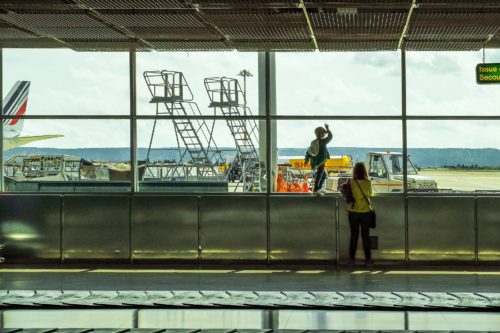
In situations involving custodial arrangements between two separated parents, one parent may create a dilemma by the need to relocate outside their current area. This will ultimately impact the custody arrangement as the non-relocating parent will likely be unable to regularly visit with the child once they leave the area. In California, this situation is known as the “move away” case. This can be a highly volatile and stressful process requiring complex analysis of the current custodial arrangement and the impacts of the pending relocation.
There are of course several scenarios that may require unique treatment for the court. In In re Marriage of Burgess (1996) 13 Cal. 4th 25, the court created the presumption that if custody is not shared, then the physical custodian may relocate unless the objecting party shows that the child would suffer a detriment in terms of his or her rights and/or welfare. In addition, this detriment must be substantial given the circumstances. For example, where one parent is the custodial parent and the noncustodial parent rarely puts forth any effort to see the child but seeks to object to the relocation, it will be hard to demonstrate that the child will suffer a substantial detriment in the event of relocation. Therefore, it is important to consult a family law attorney who knows which factual findings are key to a judge’s decision.
In the alternative, when custody is shared between both parents and each party maintains frequent and continuous contact, the court will apply a different standard and the move-away request will result in a de novo custody review. Instead of requiring the non-relocating parent to articulate reasons why the move would be detrimental to the child, the court will presume such a move is substantial detriment to the child. The court will go through a series of procedural safeguards instilled by California court precedent that will aim to provide a specific solution to the dilemma of relocation. The relevant factors the court will consider are, among others, the health, safety, and welfare of the children, the nature and amount of contact with both parents, and the other parent.
Ultimately what the court will seek to determine is what is best for the child. In the above scenarios, you can see that there is not always an easy solution in move-away cases. This is something California courts have struggled with due to the high amount of variation in each case. When relocation is an issue between separated parents, it is highly important to consult a family law attorney as early as possible so as to provide an adequate solution to this potentially complex problem.
